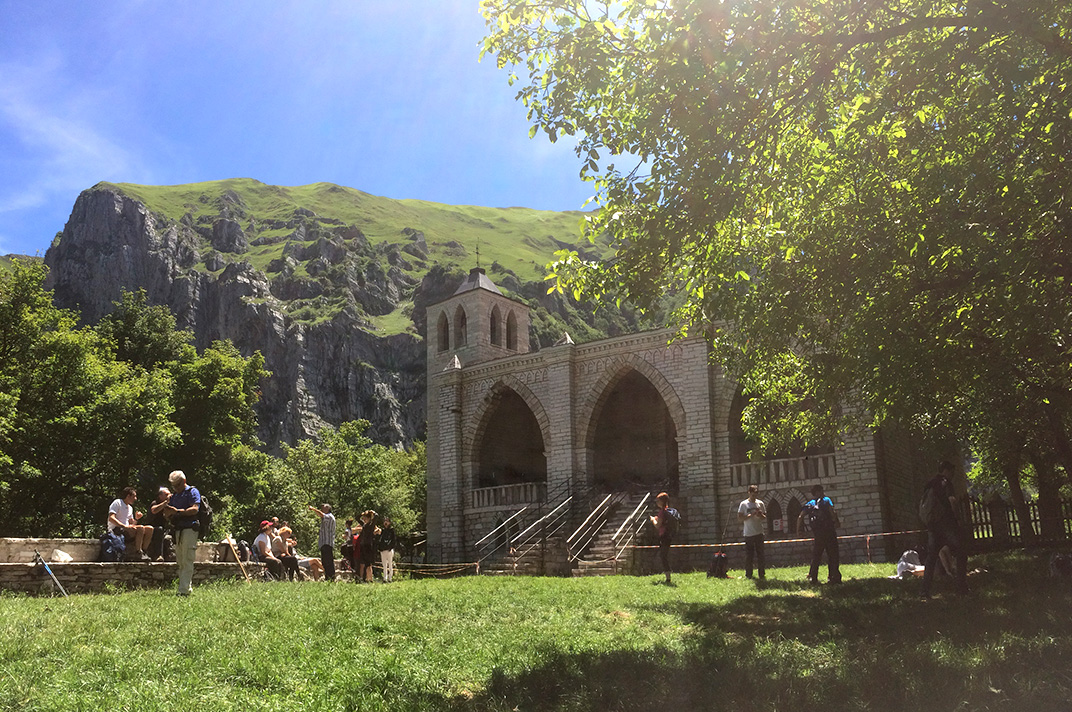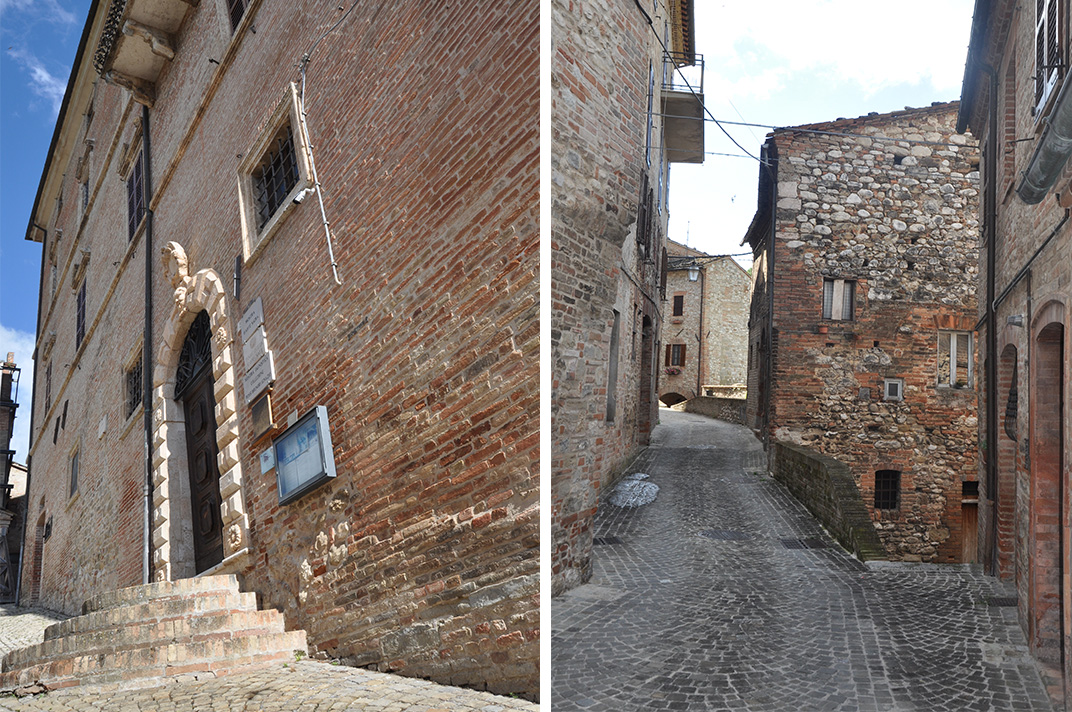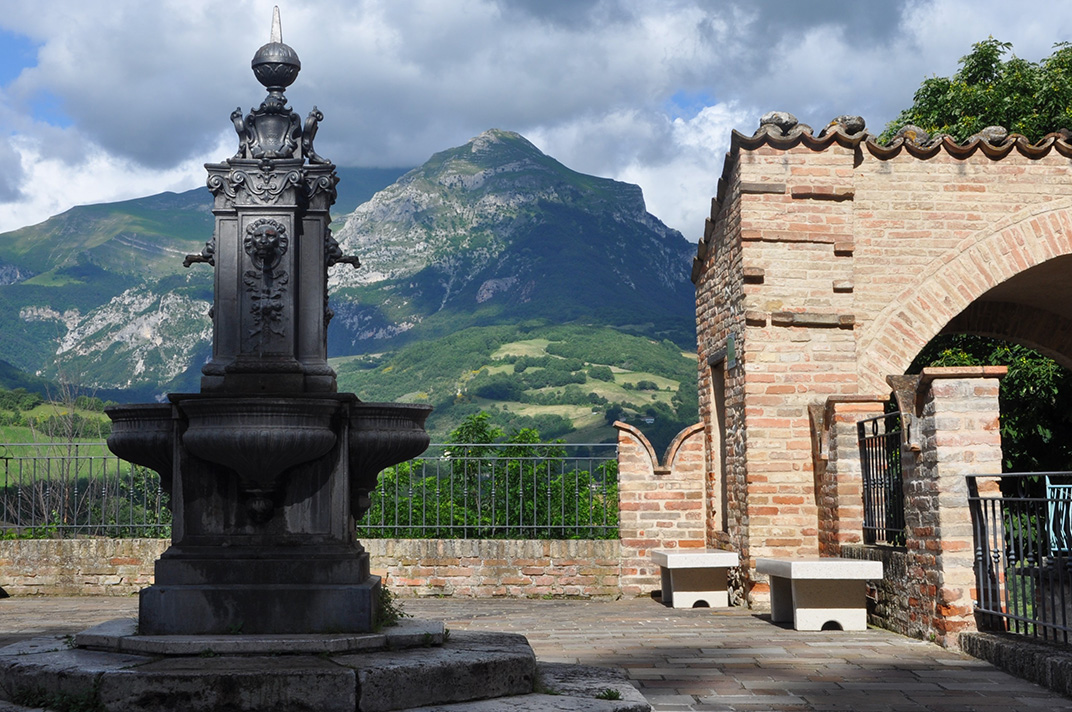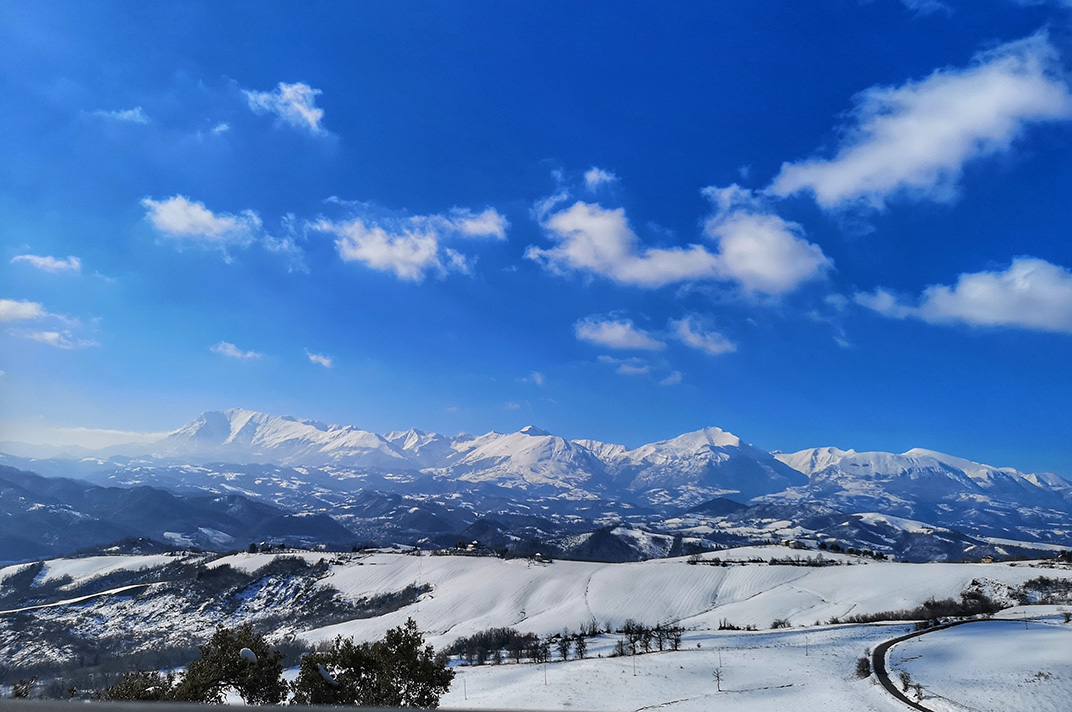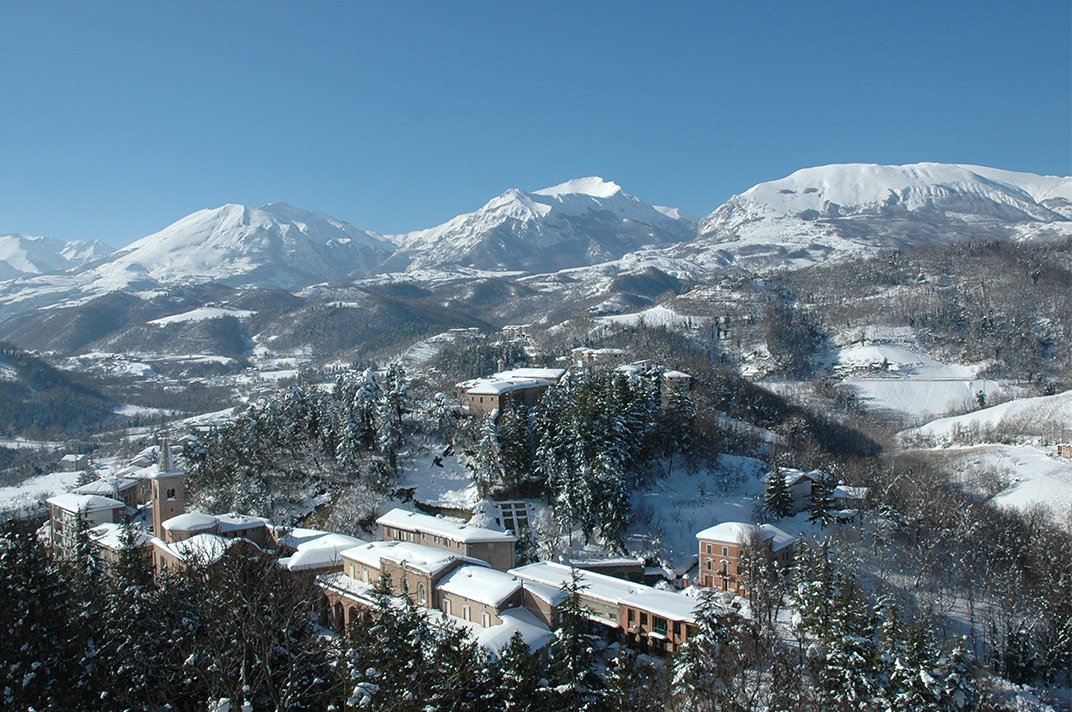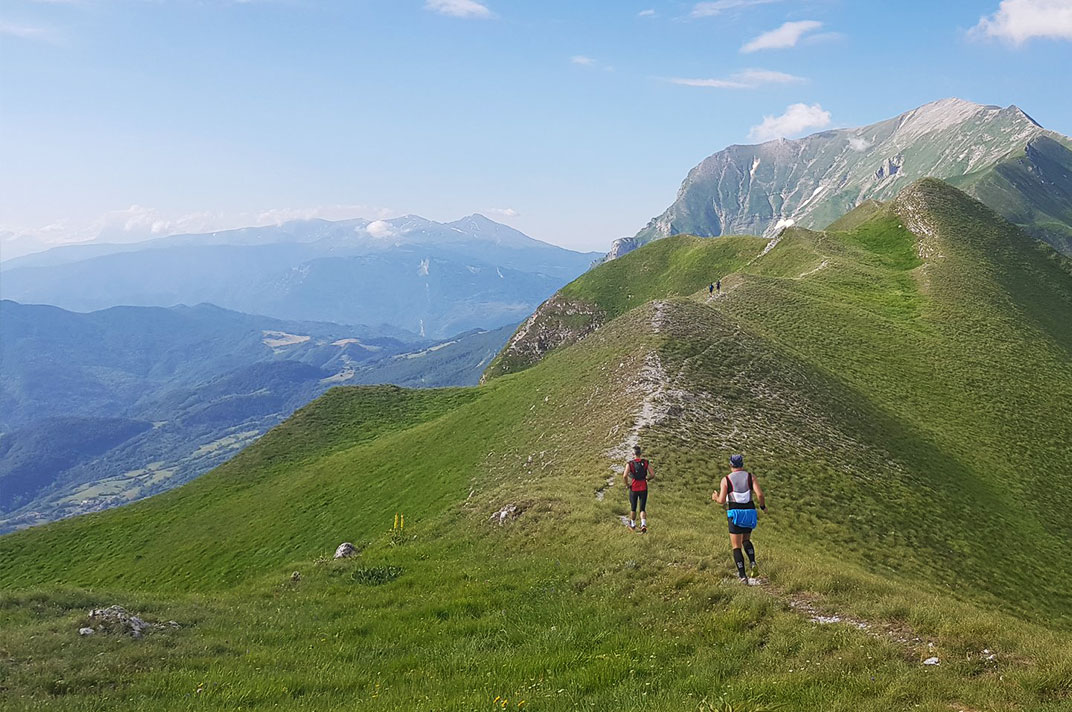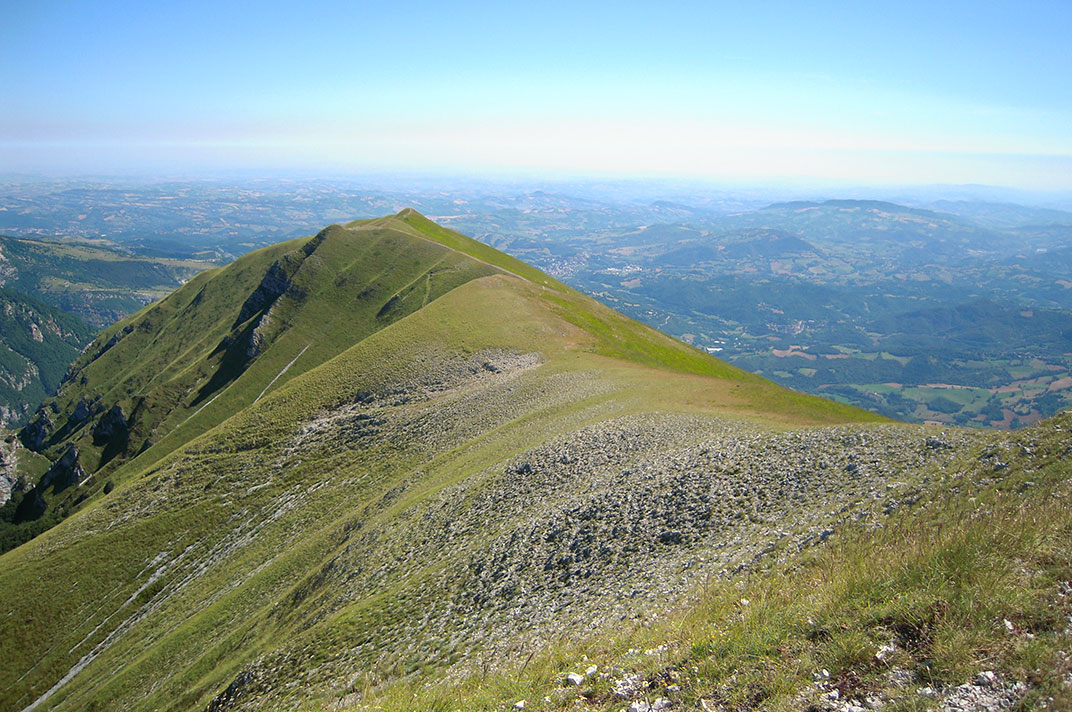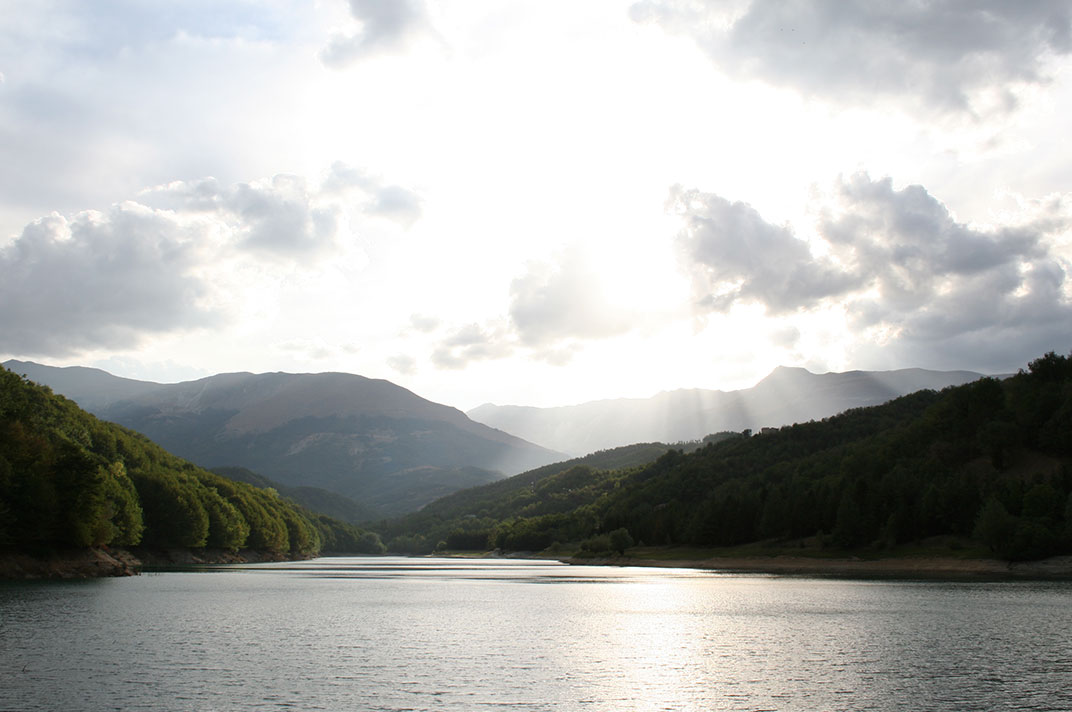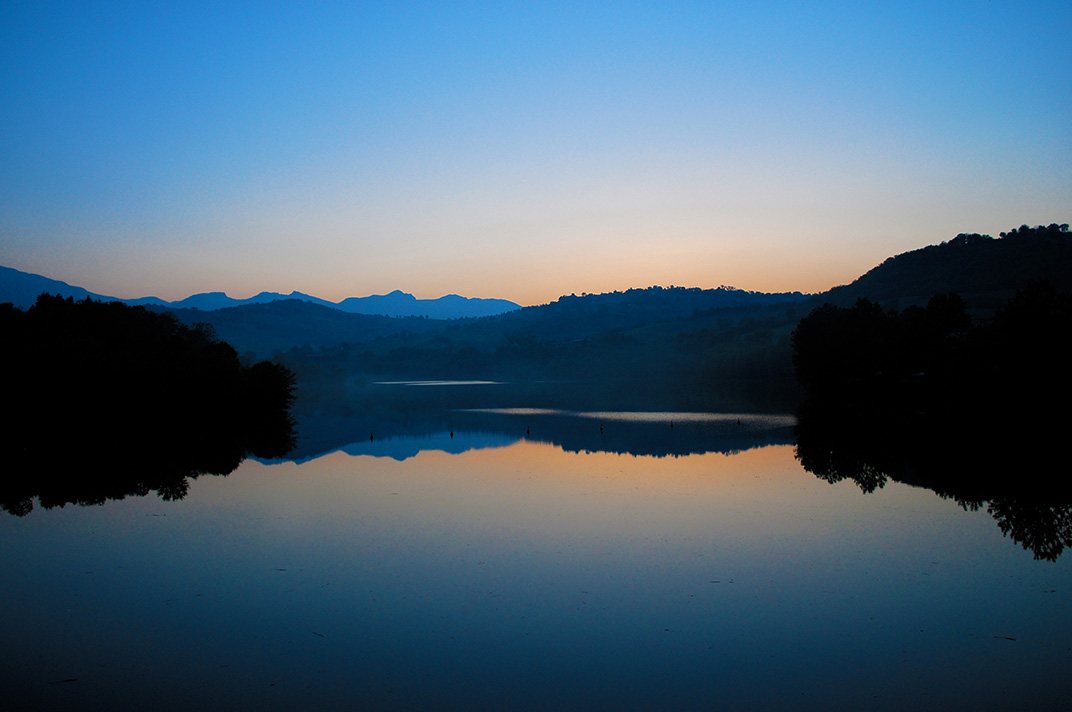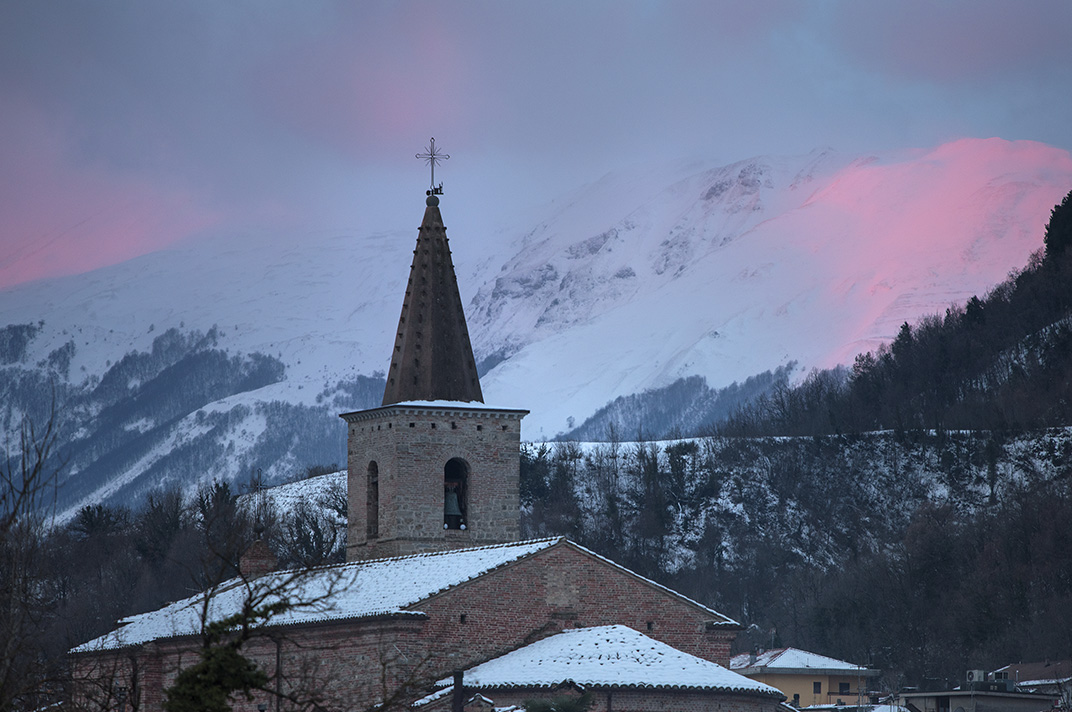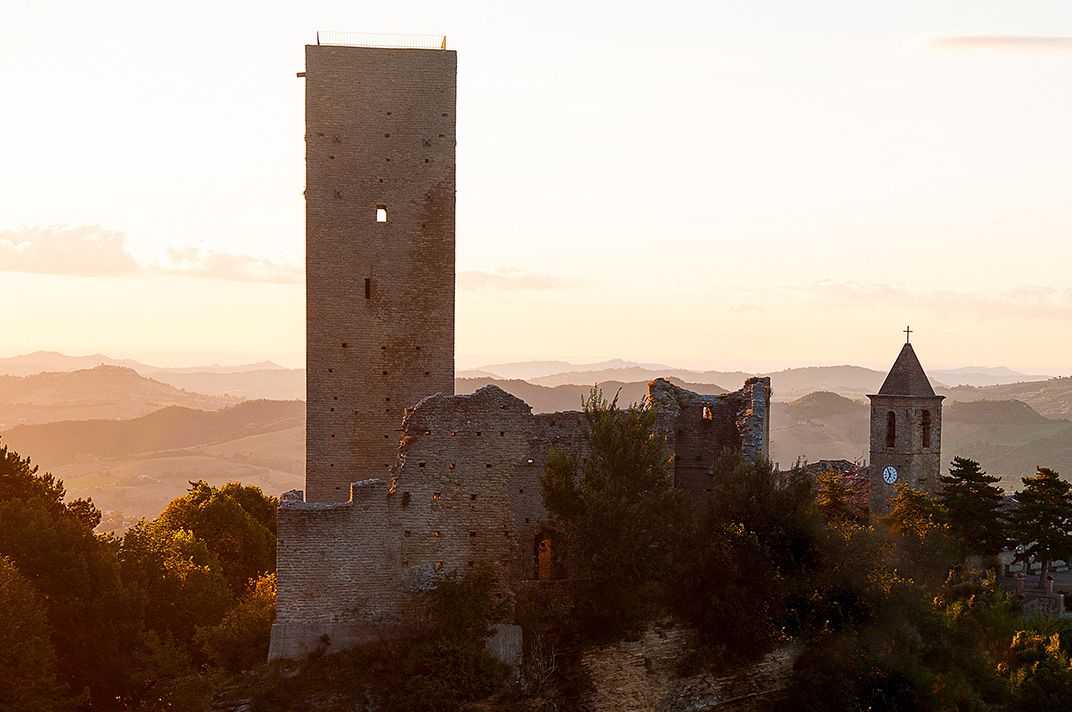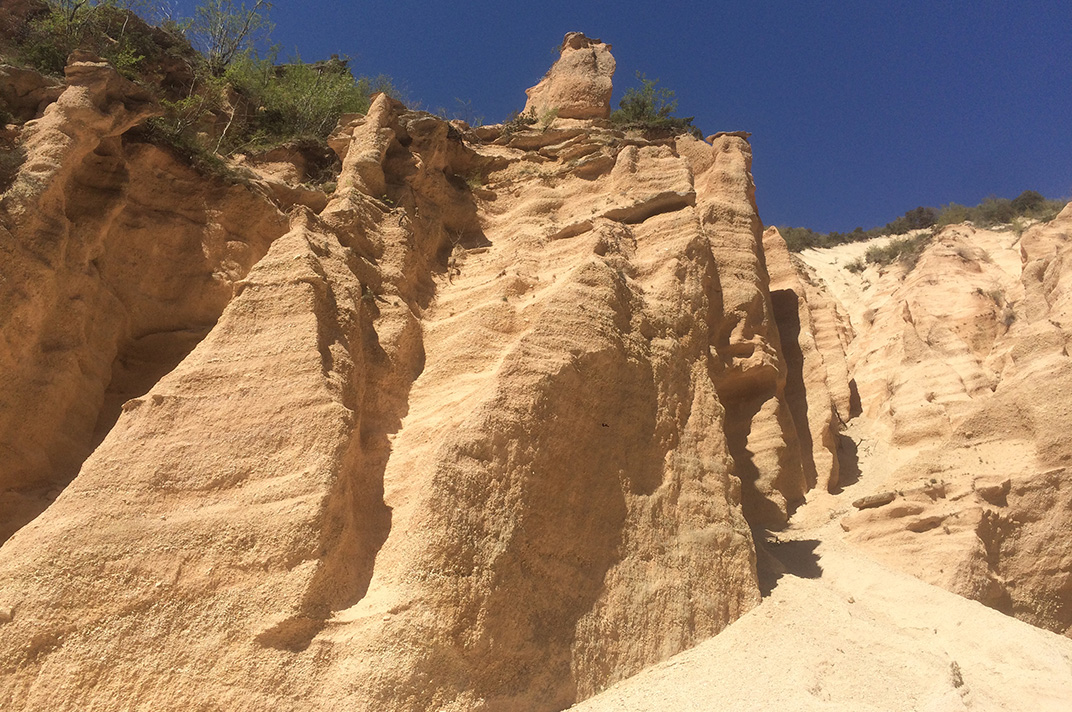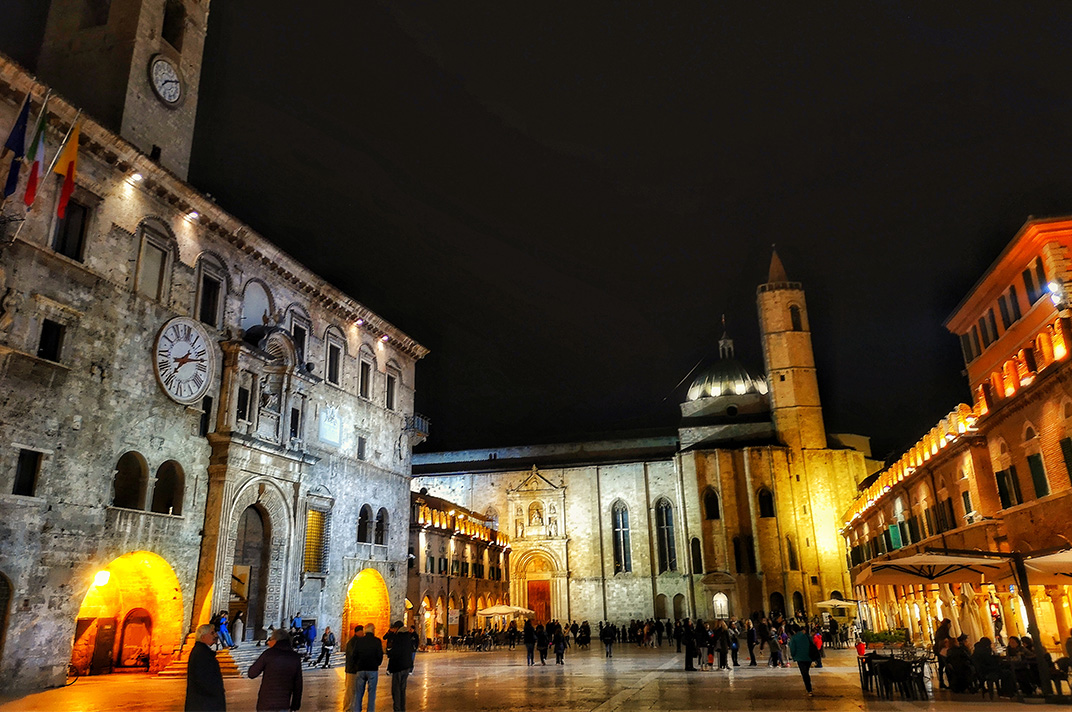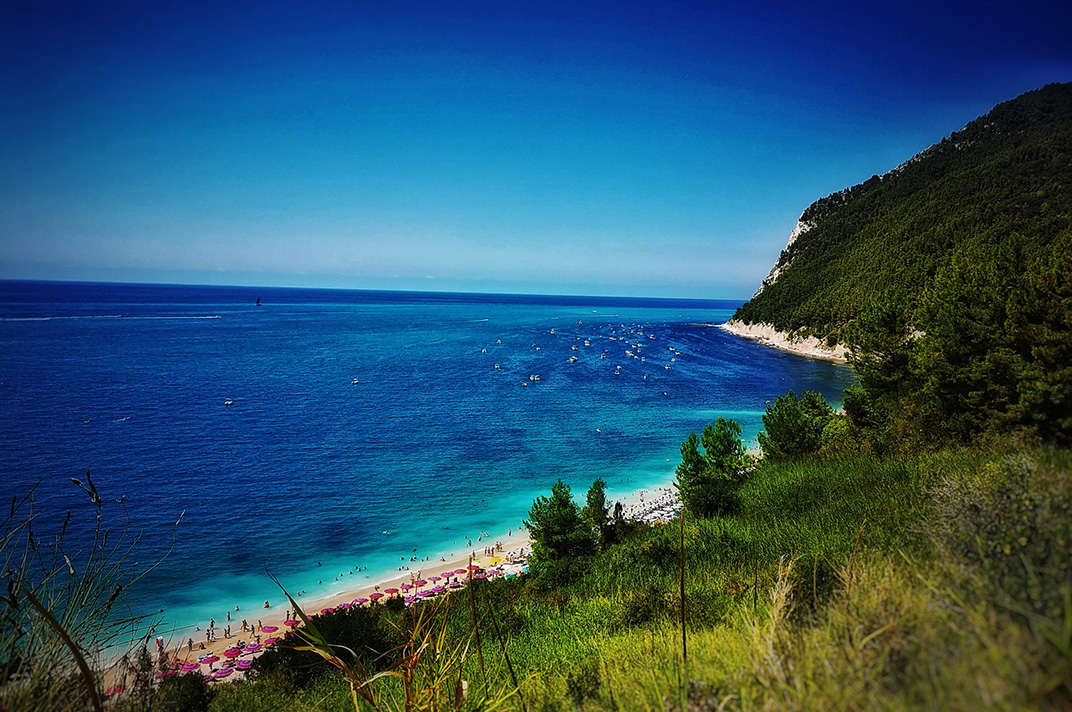Montefortino is a small village built along the side of a hill overlooking the eastern side, right in the heart of the Sibillini Mountains. As evidenced by the remains and cultural heritage, Montefortino was an ancient Roman settlement. After the fall of the Roman Empire, Goths and Lombards successively ruled the village. In 1084, Montefortino was already one of the many communes of Medieval Italy. As such, it distinguished itself by the fierce battles with the nearby Amandola and Visso.
Across the centuries, Montefortino, as many other surrounding villages, lost its independence and linked its fate to stronger cities, such as Fermo or Camerino, until it was eventually absorbed by the Papal State. In 1860 it voted for annexation to the newly formed Kingdom of Italy.
Besides the well-preserved medieval village, with its houses made of red bricks and white river stone, other noteworthy attractions are: the Pinacoteca Civica, Civic Art Gallery located in Palazzo Leopardi, donated by the painter Fortunato Duranti; the countless churches, such as the parish church of Sant’Angelo in Montespino and, just a few kilometres away, the Sanctuary of the Madonna dell’Ambro.
Piazza Umberto I is a panoramic balcony is a panoramic balcony with a breathtaking view of the Sibillini Mountains, ranging from the Monte Priora and Monte Pizzo until Monte Sibilla and Monte Vettore.
From Montefortino, it is extremely easy to organise charming trips, mountain bike excursions and trekking for all mountain lovers. There is something to suit everybody’s fancy: from the shortest and easiest, such as the Pisciarelle, the Gola dell’Infernaccio and the Hermitage of San Leonardo al Volubrio, to those longer and more challenging along the entire chain of the Sibillini Mountains. Among the most famous hiking destination is the Lago di Pilato, a place of myths and legends.



